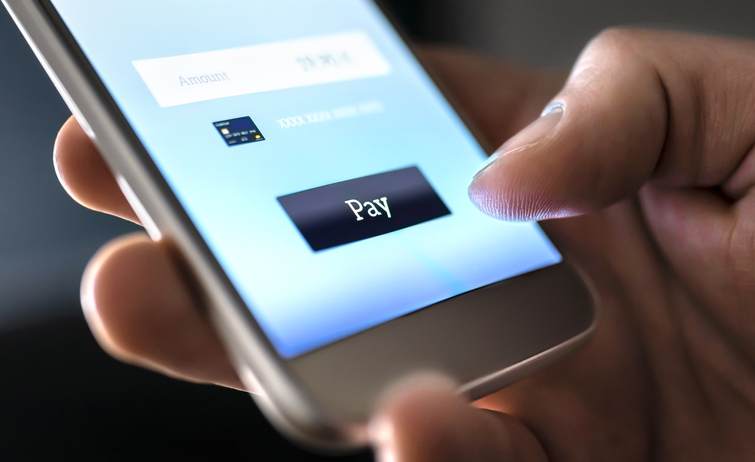The hardships of the pandemic continue to play out for hotels in numerous ways, one of the most jarring being the need for a huge amount of additional labor within various operations. Much has been said about how housekeeping protocols are more intensive, but what about all the smaller tasks that must now be completed by the restaurant, security and front desk teams?
Having walked through several post-pandemic hotel lobbies now, the heightened labor requirements are palpable. Extra guards are needed at the entrance to enforce socially distanced traffic flow while tables and payment terminals have to be fully wiped down after each use. With the looming fears of both a second wave and an approaching global recession, how will hotels cover all these added expenses if there isn’t enough occupancy to support them?
This upcoming next normal will necessitate all properties to maintain a very lean team so as to not hemorrhage total labor costs, and the only way to accomplish this is through automation. But because many of these new Covid-related responsibilities involve complex SOPs – and must therefore still be completed by an employee – it is imperative that hoteliers find other tasks that can be offloaded to a piece of hardware or software, freeing up the time for those working on property.
Circling back to the lobbies I’ve traversed, one area where hotels can quickly improve is in payment efficiency. We no longer have those seconds to spare when it comes to completing transactions over the phone or by any other outdated method. Front desk clerks, servers and all other associates should be laser-focused on tending to onsite visitors.
Compounding this, we also don’t have the back-of-house bandwidth to manually process all these payments and assign them to the proper ledgers. The chain from customer inputting their credit or debit card information (assuming cashless becomes the norm) through to final posting should be linked and executed without any need for human intervention.
For in-person transactions, this type of seamless interaction is being dutifully handled by the full array of portable chip readers or POS extensions that facilitate contactless payments by only requiring a tap of one’s card or, in many cases now, one’s phone. With more transactions shifting to being completed from a smartphone or entirely online, hotels can save more time by bringing the merchant terminal directly to the guest’s computer.
That is, why bother requiring an interaction at the front desk or any other outlet when, for many cases, you can now email a guest a private hyperlink to a web-based payment portal? This way your team can use their increasingly precious time for more pertinent tasks and not let the end transaction become a point of friction.
The key, though, is to not create an additional step in the process; the online portal must integrate with the payment gateway. Without this connection, someone on your team will eventually have to manually key in the credit card information from what’s on file, which is also technically a security risk – that is, not PCI compliant – due to the human involvement at this step. Furthermore, it is possible to also connect an online payment portal with any major PMS for real-time posting, although likely for an extra development fee.
In reaching out to vendors to figure out how many different hidden costs can potentially be saved, I touched base with Saar Fabrikant, CEO of b4 which makes a product called TransForm that eliminates credit card authorization forms. “By now we all know that the pandemic is an opportunity to revolutionize the way hoteliers conduct business. When it comes to payments and bill reconciliations, this is still tedious and laborious. It shouldn’t have to be. Taking things online and connecting all the dots also helps to reduce human error, fraud and time spent by your accounting team.”
No doubt you are investigating a myriad of technology solutions to create a more seamless and less labor-intensive work environment in spite of all the new constraints. Given the intensive thrust for efficiencies in every operation, your tech stack is the future of your hotel.
My hope in highlighting this one specific pain point is to show that answers do indeed exist, but that oftentimes they will entail a series of interconnected parts and bolt-on platforms within your total technology ecosystem. To this end, payment integrations and directing guests onto online credit card portals is one important piece of the post-Covid puzzle.
